Overview
Our sharpening service will provide a good serviceable edge on the blade. The result is typically “very sharp” with a small secondary bevel and a bit of an “apple seed” profile. The resulting edge is somewhat dependent on the particular blade. Some blades will take and hold sharper edges than others and the thickness of the blade will determine how wide the bevel will need to be. We adjust the angle of the edge to suit the specific blade and attempt to get as close to a bevel-less edge as possible without marring the surface of the blade.
The Sharpening Process
The sharpening service is done with a belt sander. The process involves many passes with sanding belts of various grits. The blades are rested between passes to prevent them from becoming hot and damaging their temper. By default we will sharpen as much of the blade as possible including any false edges if appropriate. If you have a different preference, feel free to make that request in the special instructions at check out. We can sharpen only the last half or third of an edge, for example. Our sword sharpening expert has personally sharpened several thousand swords at this point, so will provide you with a professional service.
What the Service is Not
The resulting edge will be “sword sharp” not razor sharp. Our goal is to provide you with a usable edge for cutting practice that will hold up to some use and not require constant re-sharpening. In other words, we intend to provide you with a serviceable weapon, not a personal grooming implement. The service will not provide a completely bevel-less edge. To create that type of edge will necessarily scratch up the blade surface and we lack the machinery and time to provide a full re-polishing of a blade’s surface. A service of that nature would be significantly more expensive as a great deal more time would be required. We do not offer this type of service at this time.
Disclaimer
We make no guarantee that the resulting edge will meet with your expectations. Every blade is different and some will take and hold a sharper edge than others, due to the blade material, heat treatment or geometry. Some customers can also have incorrect assumptions about sword sharpness and improper expectations as a result. All we can say for sure is that the resulting edge will be sharper than the default edge, in most cases, significantly so. We can not provide any refunds for the service once it has been completed, so consider it to be provided “as is”. That being said, if you are unhappy with the product for any reason, we do still allow you to return the item for a full refund, including the sharpening costs under our normal return policy. This does not apply to special sharpening requests, for example if we sharpen something specially for you that does not normally list that option on our site. The vast majority of our customers are happy with the results of the service, so as long as you keep the above mentioned in mind, we are confident you will be pleased with the results as well.


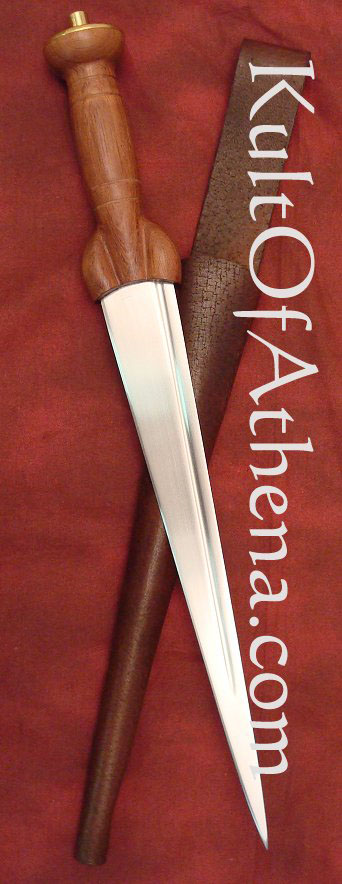
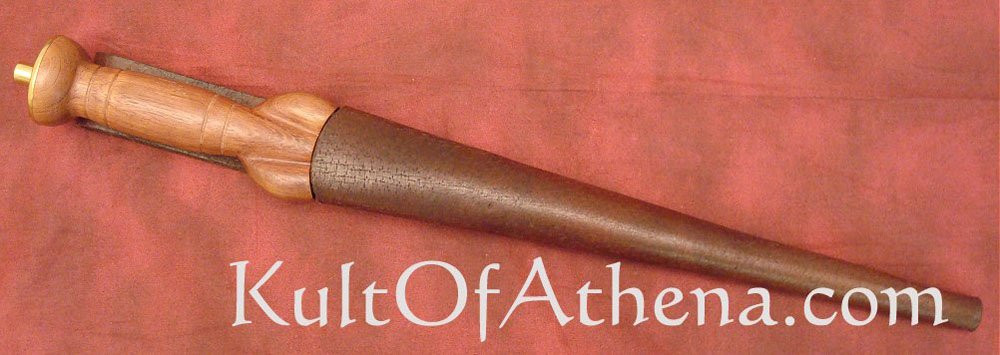
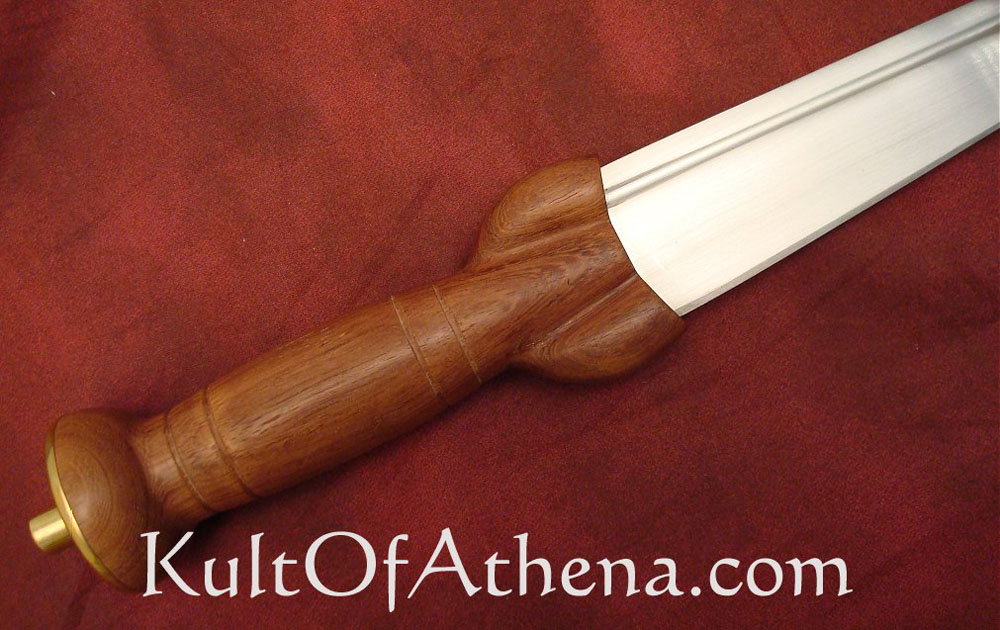
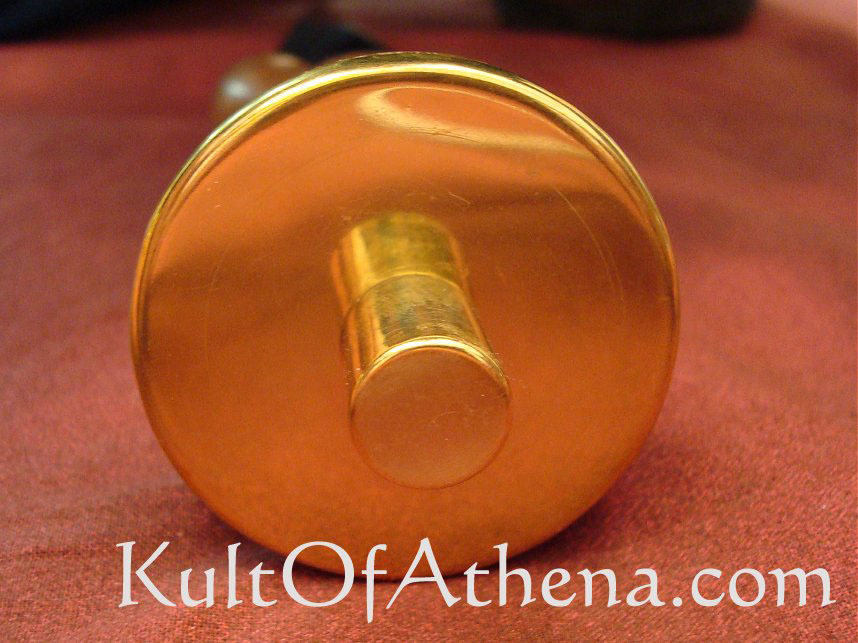
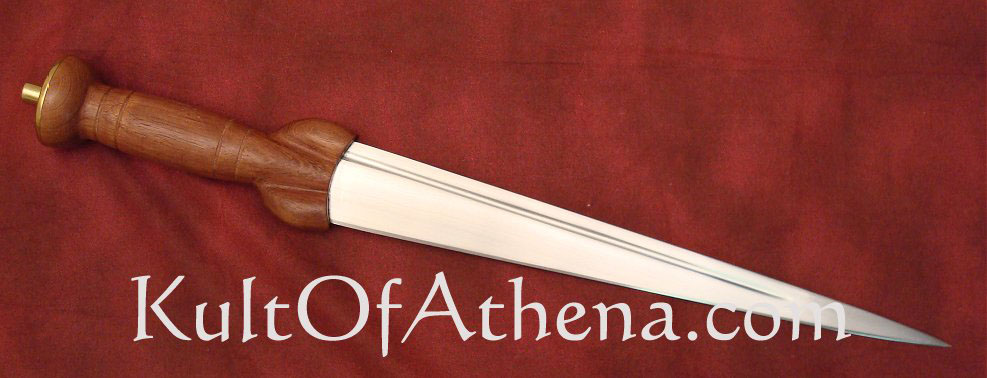
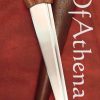
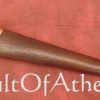
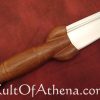
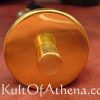
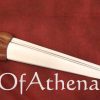
Phantom –
Hanwei Dirk I recently acquired one of these from another retailer, I was very satisfied with it but there were a few cons.
The sheath it comes with is real leath but the belt loop attachment point was only held on by some thread (not much) I would’ve liked rivets instead for reliability but I understand why they went with thread.
The edge is moderately thick, more of a chopping edge than a cutting edge, it had some light rusting from the retailer but it came out easy.
The handle is very well assembled, just like everything else.
I would recommend this as a side peice to their claymore or broad/back swords.
Jim –
Hanwei Dirk The dirk looks real good. But the hilt is much too long to hold in-hand as a Scottish dirk should be held. The sheath that came with mine looks goods and is well constructed, but is useless, as the dirk will not fit into it, so the dirk easily falls out. Useless. I am very disappointed
McM –
My good man “Jim”… I owned this very dagger several years ago, and really liked it. The edge is easily sharpened and you can dress up the grip with some wood-burning and small steel tacks. Yes, the sheath is a bit lacking and doesn’t hold the blade very well. Just do as I did and put a length of cord through the belt-loop and tie it around the grip…problem solved. Use a slip-knot and it is super fast to get free of the sheath. I may have to get another one now.
Josh Ellingson –
I bought this blade last summer, as a replacement for another dirk that had been stolen from me. I was looking for something a bit more historical than my previous blade. I was looking for a blade that kept the original usage of the dirk in mind. This dirk does not disappoint. I paid extra for sharpening, and will have to reprofile the edge, as there is almost no bevel (not that the edge is not sharp, but more on that later). There are some issues with this dirk, mainly the thickness of the handle. Historically, dirks were gripped in the same hand as the target. The thickness of the handle does not allow for that. The second issue is with the sheath. While well made, it simply does not hold the dirk properly. A few drops of gorilla glue will fix the connexion between the sheath proper and the belt loop. As for the sharpness…as stated before, I paid extra for sharpening. Sharpness is more than satisfactory. I filled several two liter soda bottles with water and was able to cut straight through most of them. After some practice, I was able to cut some of the bottles multiple times, without the bottles moving. My only issue with the edge is the need for me to reprofile it in order to keep it sharp. Overall, this is a fine example of a Jacobite period dirk.